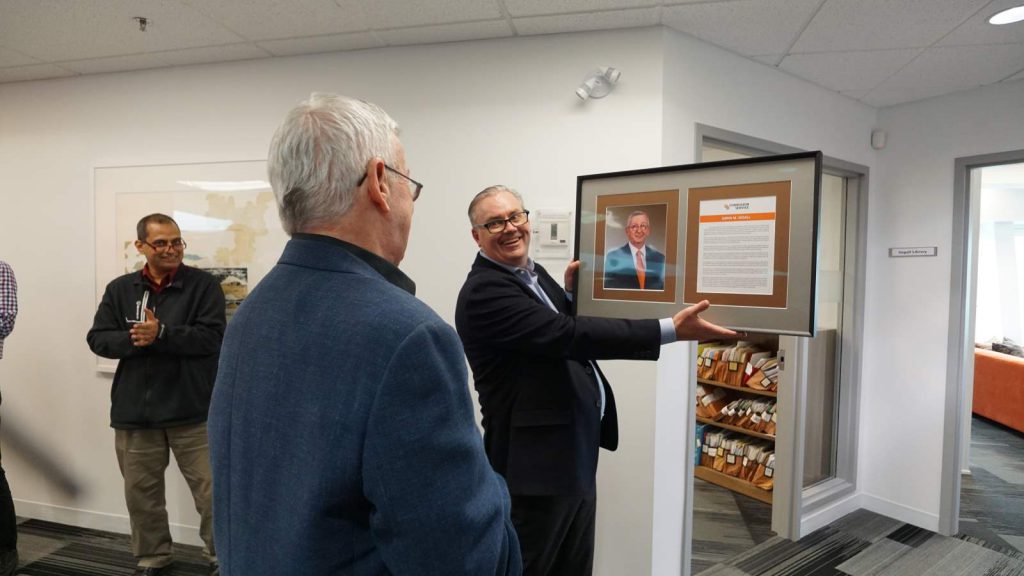Since our founding Corrosion Service has and remains a leader in the corrosion control industry, supporting the various industries in North America and around the World ensuring asset integrity by providing responsible engineering services.
As part of our continued commitment, we would like to welcome you to our electronic Library as the place to view our various technical papers written and presented since 1950 supporting, educating and advancing the corrosion industry advancement.
On your left you can select the author of interest to view all papers presented or enter a search by topic. For each, an abstract is provided and a download link for your review. We would be please to assist if you have any questions and feel free to contact us.

The Corrosion Service Library
We converted a prime corner office into a Library at our Head Office and dedicated the room to Sorin Segall because of his commitment to Corrosion Service, the numerous papers presented, the engineering mentoring within Corrosion Service and to our industry. We would be pleased for you to come and view this comprehensive library that includes various text books, relevant publications, all NACE Materials Performance magazines presented since first publication, technical bulletins and various other related corrosion related print material.
Our Technical Papers For Download
This paper will concern itself with the very basic fundamental cause of corrosion and its prevention. The fact is that metals corrode through sheer cussedness. They want to corrode. This perverse desire stems from the fact that it is more natural for a metal to […]
NACE Recommended Practice RP-01-69 contains criteria for the cathodic protection of steel structures in natural soil and water environments and there criteria have been widely accepted both by the owners of cathodically protected structures and by cathodic protection practitioners. Despite this, it has become increasingly […]
The cost of repairing or replacing watermain piping perforated by corrosion is becoming a major item in many municipal budgets, and correspondingly in most individuals’ municipal taxes. Although it is understandable that cast iron failures occur both from a mechanical and age point of view, […]
Clarifiers are utilized by various chemical process plants, including the pulp and paper industry. Clarifiers are used to minimize the amount and toxicity of suspended solids in the effluent stream. The clarification process incorporates coagulation, flocculation, and sedimentation. The removal of suspended matter by settling […]
Watermain failures are a distressing problem for many municipalities. In some municipalities the cost of water main failures reaches astronomical proportions. It is not unusual for municipalities in densely populated urban areas to experience a failure frequency of one per year per mile of pipe, […]
To date the majority of cathodic protection systems utilize either sacrificial anode or impressed current systems relying upon AC to DC rectifiers powered from the conventional electric power grid. In remote locations however, many alternative energy sources have been used with varying degrees of success. […]
Corrosion is best defined as “the process by which a material, usually a metal, combines with certain elements within its environment to produce a product that does not retain the useful properties of the original material”. Unfortunately, this seemingly innocuous textbook definition does not convey […]
Following a short review of corrosion theory, cathodic and anodic protection is described with reference to some practical problems that arise from the application of these techniques. DOWNLOAD PAPER
